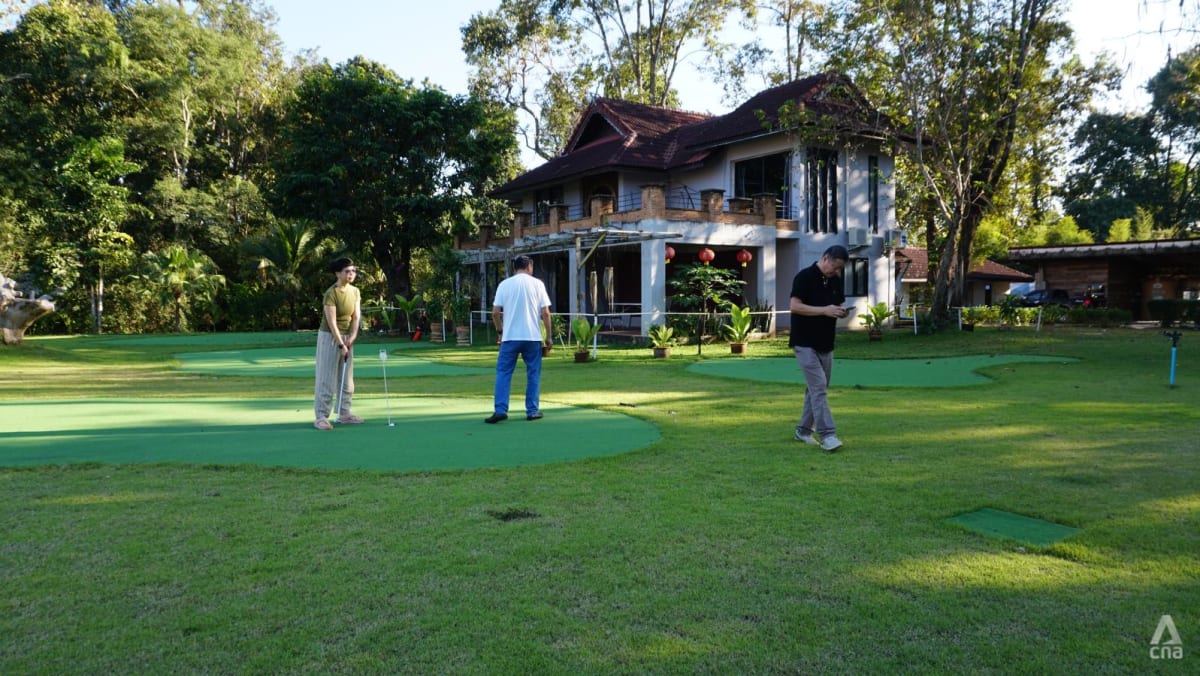A night of protests and the sight of armed men roaming the streets of several areas of Syria have provided the new Syrian government with its biggest challenge since it took power on December 8.
Abu Mohammad al-Julani’s government has sought to placate critics and downplay concerns that it will impose an extreme version of religiousness, which would be inappropriate for Syria’s diverse landscape of people, such as Druze, Alawites, Christians, and Kurds.
After more than two weeks of relative calm, however, in which the former regime seemed to melt away as if it had never existed, there are now protests and accusations by both sides that the bad old days of sectarian killing and civil strife have returned.
It’s very difficult to confirm which side is telling the truth. What is clear is that armed men have been deployed by the government to crack down on perceived threats of former regime elements, or even Iranian agents, in some parts of Syria.
On the other side of the coin, the protesters are citing various reasons for their actions, including concerns over persecution of Christians and Alawites.
Former Syrian president Bashar al-Assad and his father were from the Alawite minority, which is concerned it might face persecution because of perceived ties to the old regime.
What matters now is whether the government can restore security and stop having men roaming around areas of Homs or Latakia with weapons, shooting in the air, or performing various state functions that appear more authoritarian than legitimate.
Perceptions matter, and Julani knows this. He has made overtures to various groups and portrays his new government as inclusive. But his supporters are not necessarily as keen on reconciliation.
In meetings with the heads of a dozen or more armed groups in recent days, Julani has received their pledges to join a new unified military force. But this will take time.
Damascus also doesn’t have the weapons or armored vehicles necessary to project power. This means it still must rely on men with AK-47s driving around in the back of pickup trucks or hastily mustered new police and paramilitary forces. These types of forces, ill-trained and unready, will be more likely to perform extrajudicial killings.
According to one Syrian narrative, Iran and the former regime are stirring up trouble. Its proponents cite messages from Iran that promote chaos in Syria by saying people should rise up. They even cite a confiscated ID of a man from Lebanon, arguing that Hezbollah might be involved in the plot.
This week, the Syrian foreign minister warned Iran not to plot against Syria and stir up internal problems.In one video that made the rounds online, men allegedly linked to Iran are accused of trying to kidnap and kill a Sunni man in Latakia. Levant24, a local media organization, published a video on Thursday, accusing people in Tartous, Homs, and Latakia of stirring up “sectarian” tensions.
he reports that claim armed elements of the former regime or men linked to Iran are stirring up chaos assert that curfews and searches for weapons are necessary to put down these demonstrations and threats.
The Syrian Ministry of Defense on Thursday said: “Security has been restored in Tartus, with civil peace maintained and several remnants of the former Iranian-backed regime neutralized. Operations continue to pursue regime remnants in the forests and hills of the region.”
Nevertheless, the scenes of clashes and uncertainty regarding what is happening in some areas of Syria have led other minority groups and regions to be concerned. In eastern Syria, the Autonomous Administration of North and East Syria said: “What is happening on the Syrian coast against our Alawite brothers, as well as the burning of Christmas trees in Hama a few days ago, and also in Homs, does not serve Syria’s interests or its future. Preserving Syrian national diversity and richness is a crucial foundation for building a strong Syria.”
This illustrates the concerns that the Kurdish areas of eastern Syria have about what could transpire. If they give up their current autonomy, will they end up like Latakia?
The Syrian Democratic Forces in eastern Syria is backed by the US and feels it has some protection. But there are many calls in Damascus for the new government to assert control in eastern Syria.
The protests and incidents overnight between December 25 and December 26 were in contrast to the positive vibes of Christmas Eve in Syria. Damascus will need to project strength but also tolerance in the coming days if it is to shore up the situation.







